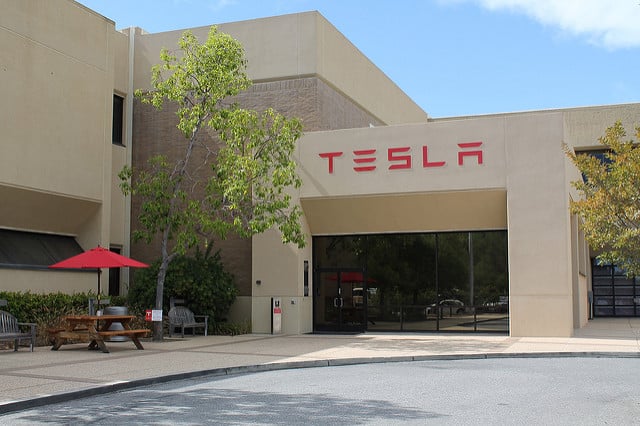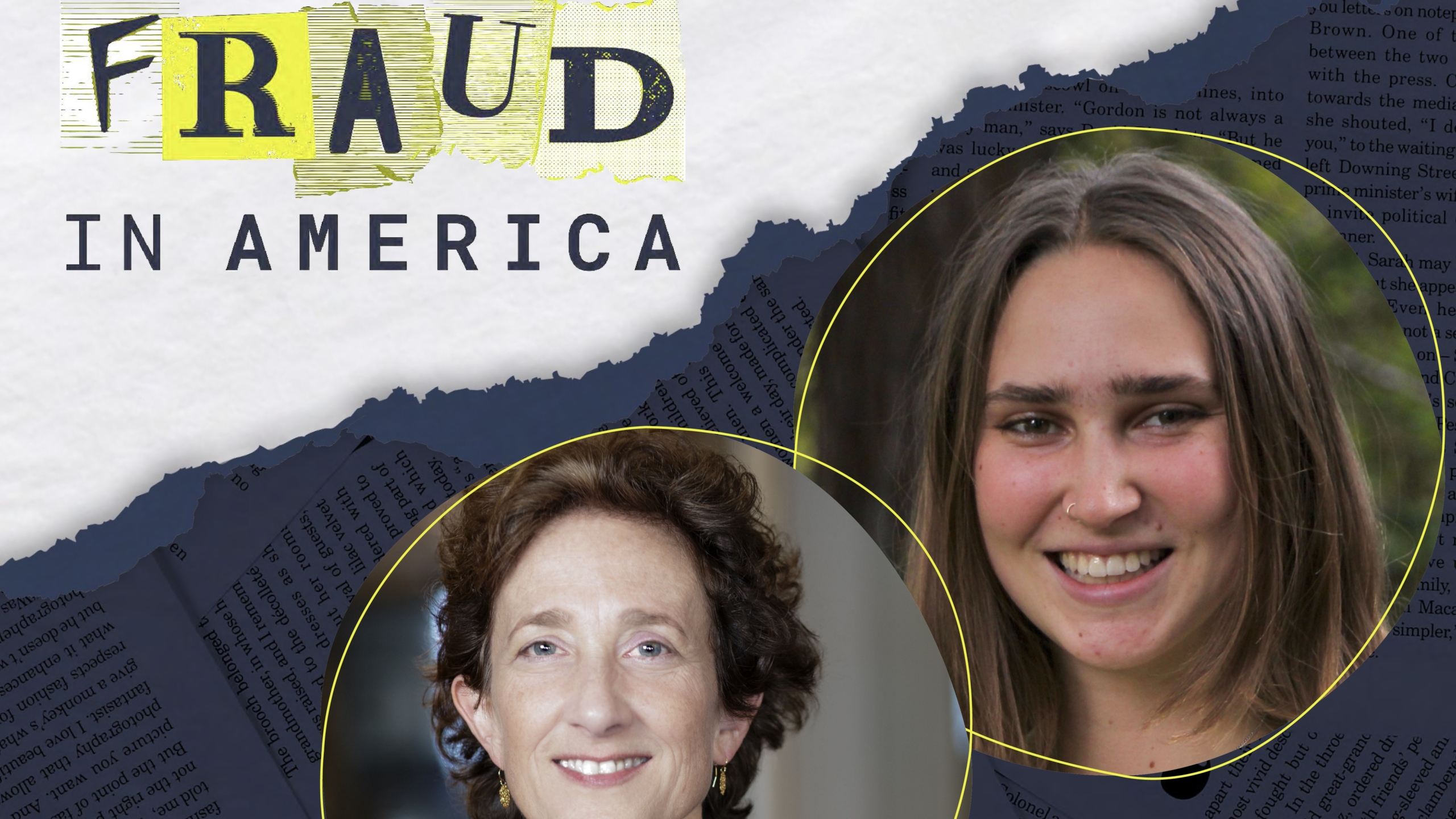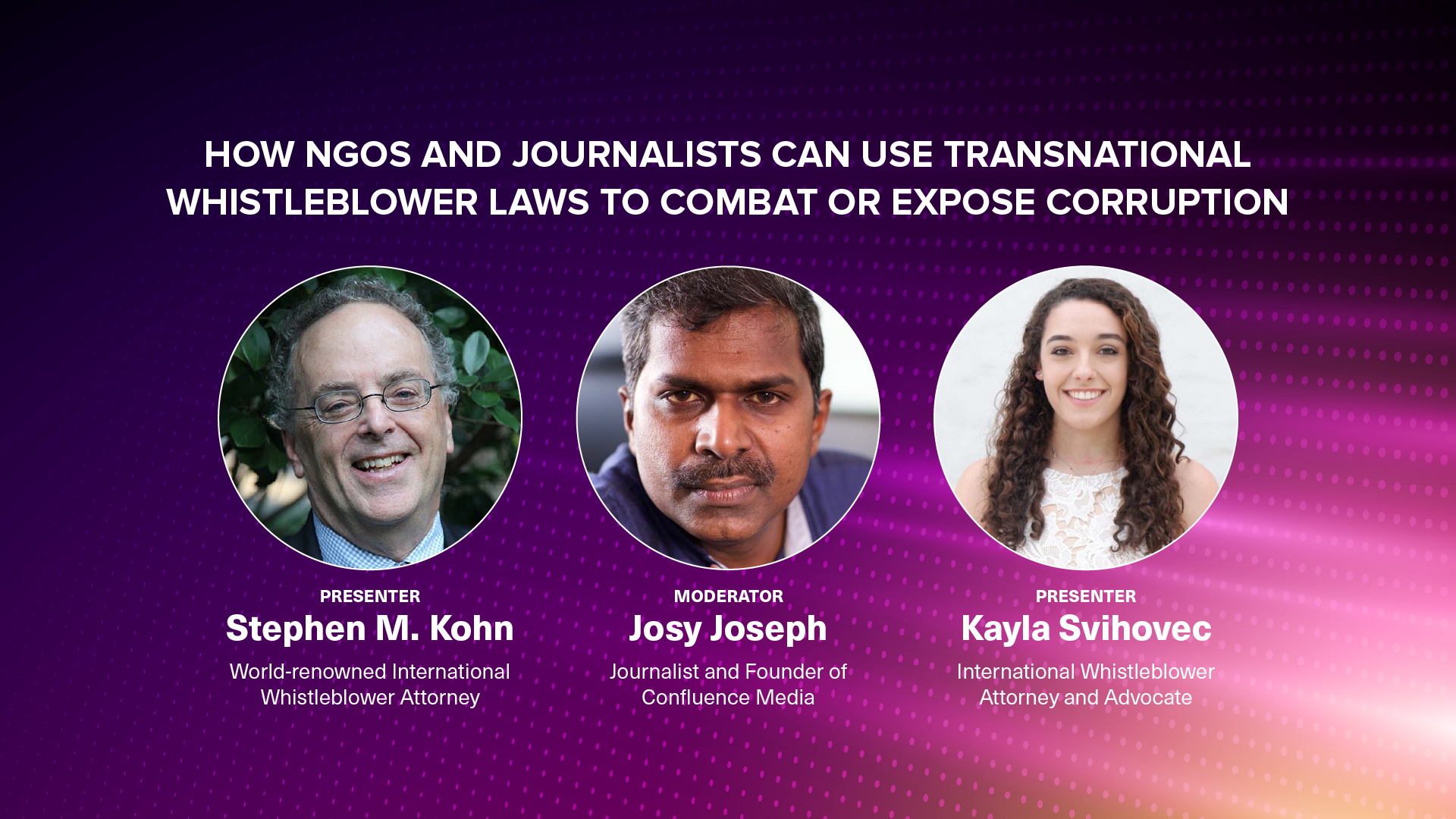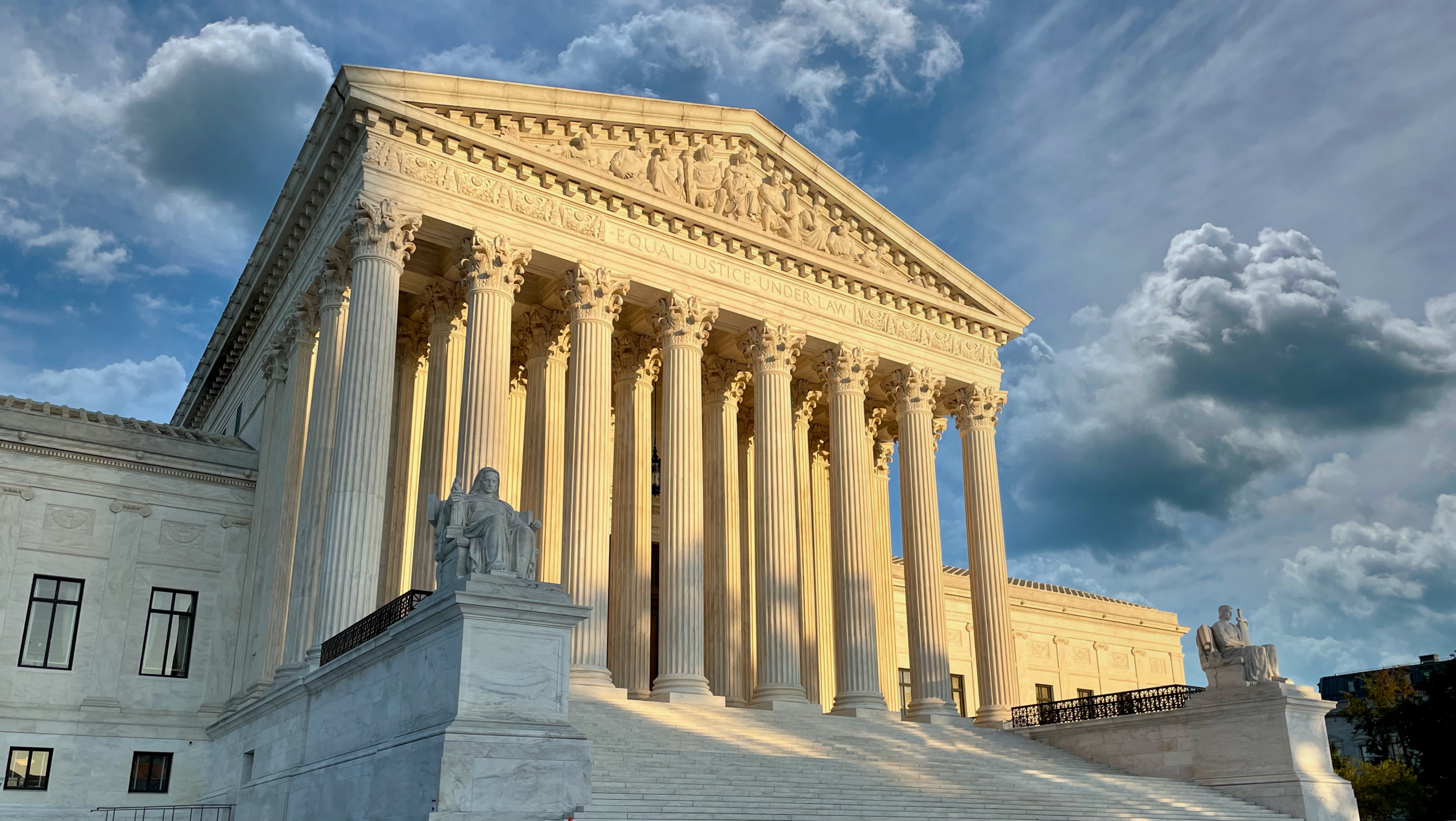Tesla Cuts More Than 3,000 Workers, Discourages Whistleblowing in Severance Offer

Tesla sacked 9% of its workforce in June, the largest cut in its history. The severance agreement given to each employee laid off, which provides two months of severance pay, contained language that discouraged whistleblowing or reporting safety concerns.
According to a Bloomberg article, the severance agreement document, which was recovered from an ex-employee from Tesla, binds employees who want the severance pay but also want to report misconduct. In the document, Tesla states that the employee “had the opportunity to raise any safety concerns, safety complaints, or whistleblower activities against the company, and that if any safety concerns, safety complaints, or whistleblower activities were raised during your employment, they were addressed to your satisfaction.” Therefore, if the ex-employee wanted to report misconduct to a government agency, Tesla could provide that they already raised every issue with them through the severance agreement. The severance agreement also requires the ex-employees to support Tesla in their defense against claims and to release any claims of their own, making whistleblowing after termination highly unlikely. The two months of severance effectively serves as “hush money” for employees who might be inclined to report wrongdoing after losing their jobs.
“Internal corporate compliance programs can and do conceal corporate fraud,” said leading whistleblower attorney Michael Kohn of Kohn, Kohn & Colapinto (KKC). “This is often accomplished by placing compliance departments under the control of the company’s legal department, who then conceal it from the government. When a whistleblower goes to corporate compliance they leave with a bull’s eye painted on their back.”
Whistleblowers are instead allowed to anonymously report their concerns to the federal government under the Dodd-Frank qui tam whistleblower reward law. KKC’s whistleblower advocacy establish the right for employees to file and obtain a whistleblower reward regardless of the terms a company may force the employee to sign.
Former Tesla safety official Carlos Ramirez has sued the company over alleged retaliation after raising concerns about unsafe working conditions and undercounting workers’ injuries. Ramirez was the director of environmental, health, safety, and sustainability until his termination in June 2017.
As Tesla plans to ramp up production to 5,000 cars per month coming from their California-based factory, safety has to be a concern. The lawsuit claims Tesla had left workplace injuries such as toxic fume exposures and stress injuries off the record. Tesla responded with their own statement, alleging that Ramirez bullied coworkers and harassed women. They indicated this was the reason for his termination, not his reports of safety hazards at the factory.
This is not the first instance of companies stifling whistleblowers by using restrictive language and hush money in confidential documents. In the case of Macktal v. Brown & Root, journeyman electrician Joseph J. Macktal Jr. was pressured to accept a settlement of his whistleblower case after being fired for raising safety concerns at the Comanche Peak nuclear power construction site in 1987. Macktal initially took the hush money and agreed to the settlement but ultimately decided to hire new attorneys and challenge the legality of the case. Macktal’s initial settlement was struck down as illegal and voided, allowing him to keep the money and win the case, leading to the SEC adopting what they called the Macktal rule, which states: “No person may take any action to impede an individual from communicating directly with the Commission staff about a possible securities law violation, including enforcing, or threatening to enforce, a confidentially agreement”.
In 2015, the SEC charged global technology firm KBR Inc. with violating whistleblower protection Rule 21F-17 enacted under the Dodd-Frank Act. The Houston-based company required witnesses in certain internal investigations interviews to sign confidentiality statements with language warning that they could face discipline and even be fired if they discussed the matters with outside parties without the prior approval of KBR’s legal department. This was the first whistleblower protection case involving restrictive language that the SEC acted upon.
“Whistleblower reward laws were created to incentivize the reporting of wrongdoing to the government,” Kohn said. “The agreements Tesla insists its employees sign has a different goal in mind – forcing whistleblowers to forego external reporting.”
-
Read More About Tesla’s problematic month
-
Read More About Stopping Hush Money




